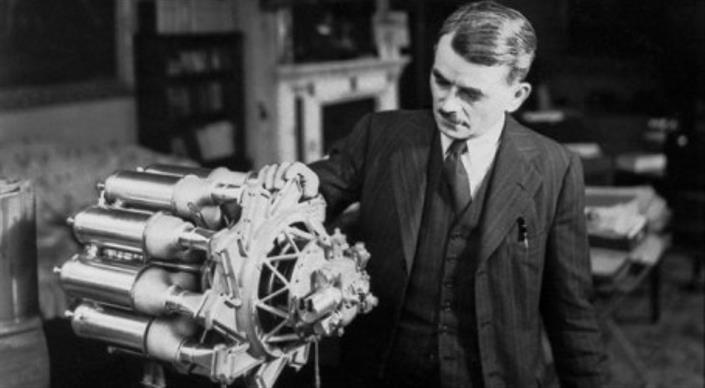Background
The jet engine, a marvel that revolutionized air travel and warfare, was born from the relentless curiosity and brilliance of a British engineer—Sir Frank Whittle. His vision would forever change the way we traverse the skies, laying the foundation for the modern aviation era. Though his early ideas were met with skepticism, Whittle’s determination led to one of the greatest engineering achievements of the 20th century.
Whittle Enters the RAF
Frank Whittle’s journey into aviation began when he joined the Royal Air Force (RAF) as an apprentice in 1923. His intelligence and drive soon earned him a cadetship at the RAF College Cranwell, where his interest in aircraft performance and propulsion took root. It was during his time as a cadet that Whittle penned a thesis proposing the concept of a jet propulsion system—an idea far ahead of its time.
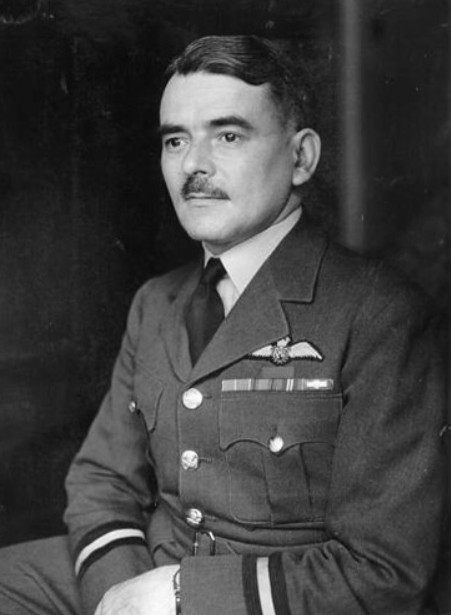
Development of Whittle’s Design Continues
Although Whittle patented his jet engine design in 1930, his ideas received little support from the British Air Ministry, which remained fixated on traditional piston engines. Undeterred, Whittle sought backing from private investors and engineers who saw potential in his concept. He formed Power Jets Ltd in 1936 to pursue development independently.
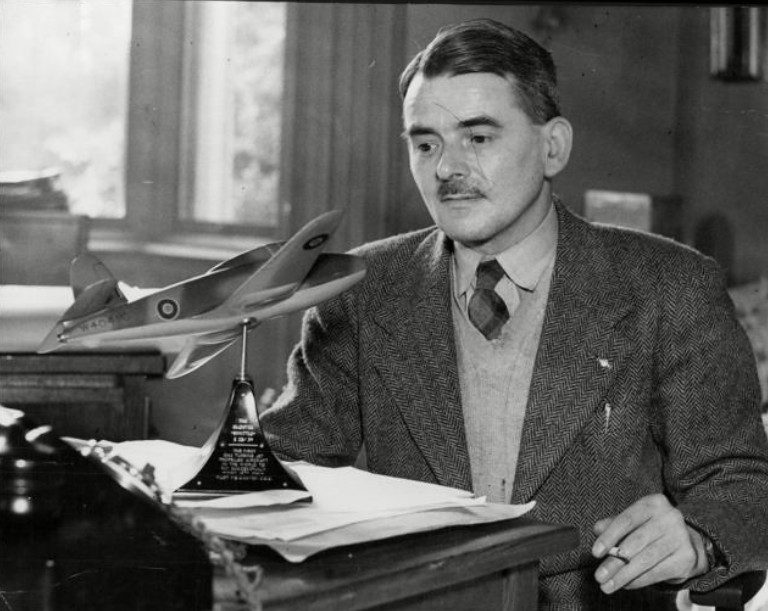
The Birth of Power Jets
Power Jets marked a turning point. With a small team and limited resources, Whittle and his collaborators built and tested early prototypes of the turbojet engine. In 1937, the team successfully ran a prototype at full speed—a remarkable feat that validated Whittle’s vision and began to garner serious interest from the government and military.
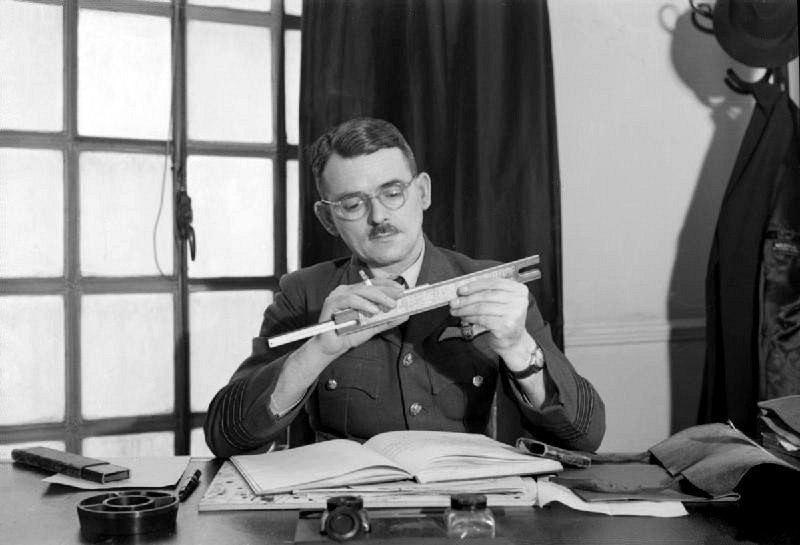
Germany Enters the Jet Arena
Meanwhile, unbeknownst to Whittle and his team, German engineers led by Hans von Ohain were developing similar technology. Both Whittle and von Ohain independently arrived at the concept of jet propulsion, setting the stage for a technological race that would see both nations fly jet-powered aircraft during World War II.
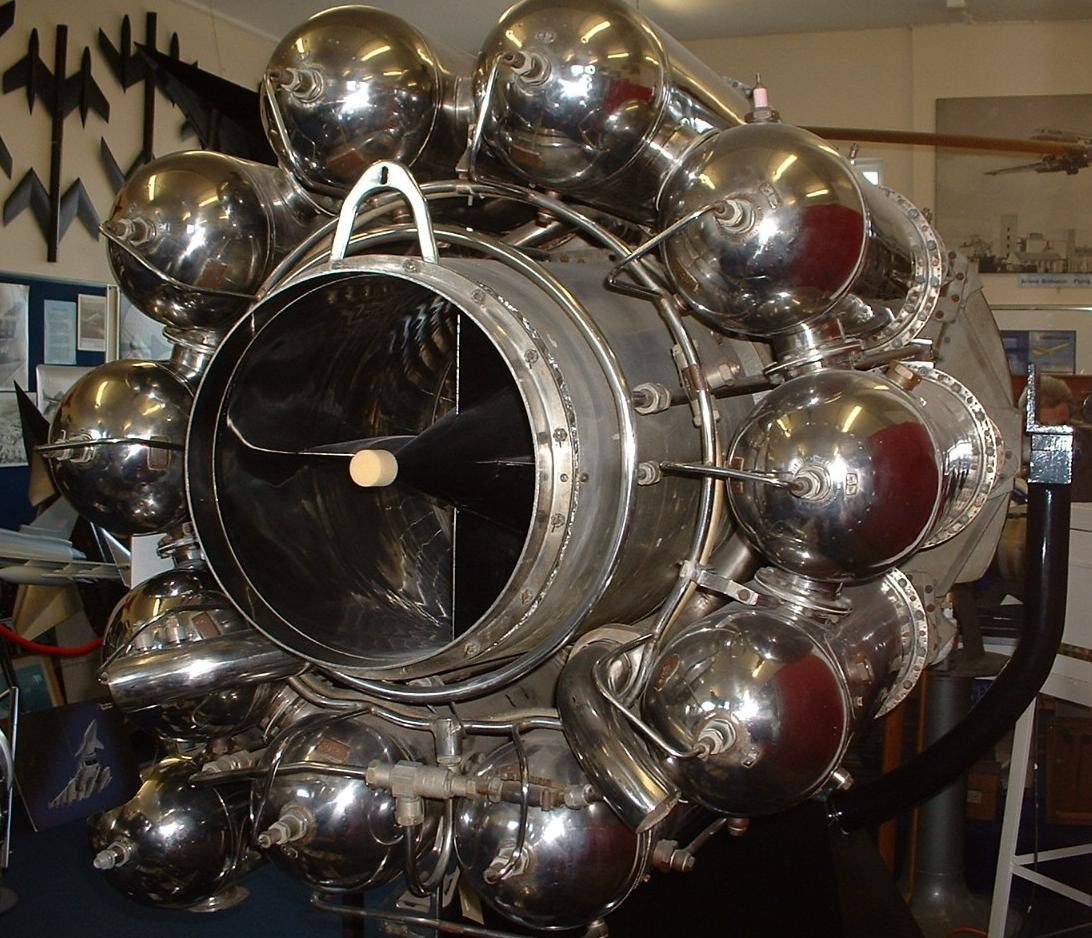
First Flight
The culmination of Whittle’s efforts came in 1941, when the Gloster E.28/39, powered by one of his engines, completed its first successful flight. This marked the dawn of the jet age in Britain. Just a few years later, jet aircraft were deployed in military operations, showcasing their potential to outpace and outperform conventional planes.
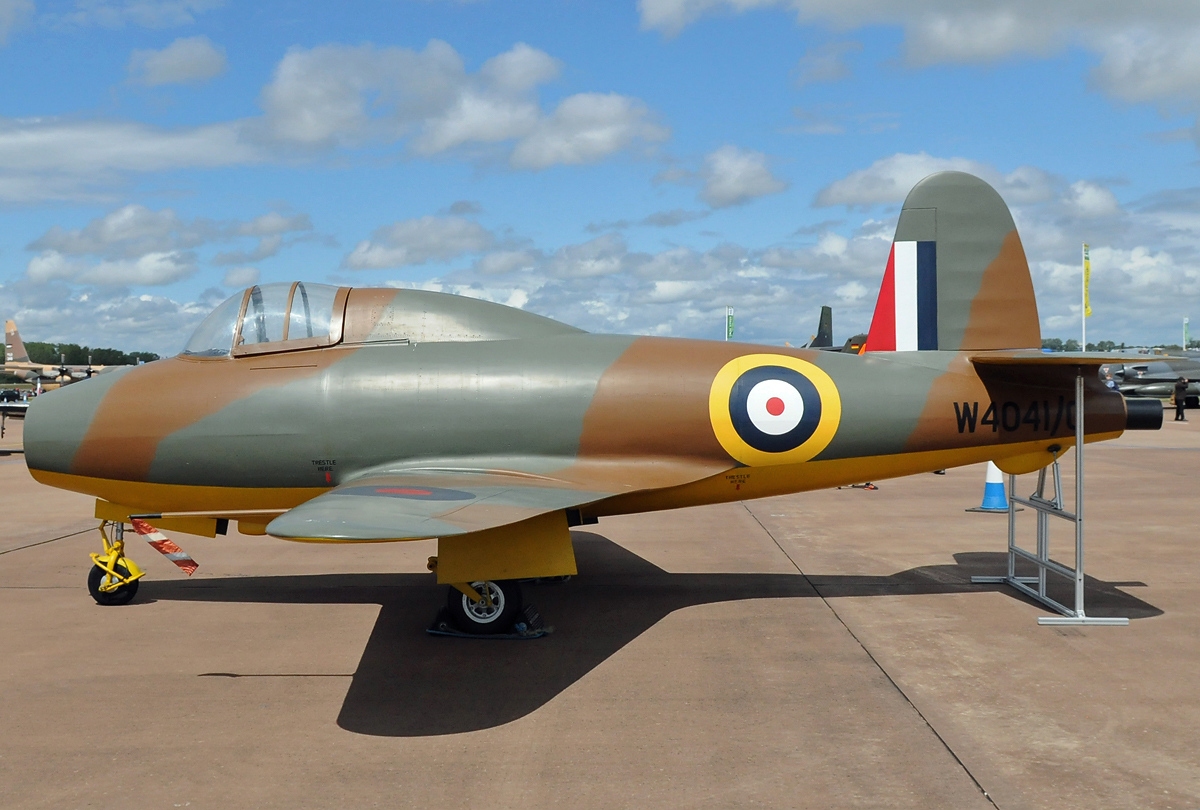
Further Development – The High Bypass Engine
While Whittle’s early engines were pure turbojets, subsequent innovations led to the development of the turbofan, or high-bypass engine. These engines, more fuel-efficient and quieter, are now standard in commercial aviation. Though developed after Whittle’s direct involvement, they owe their lineage to his groundbreaking work.
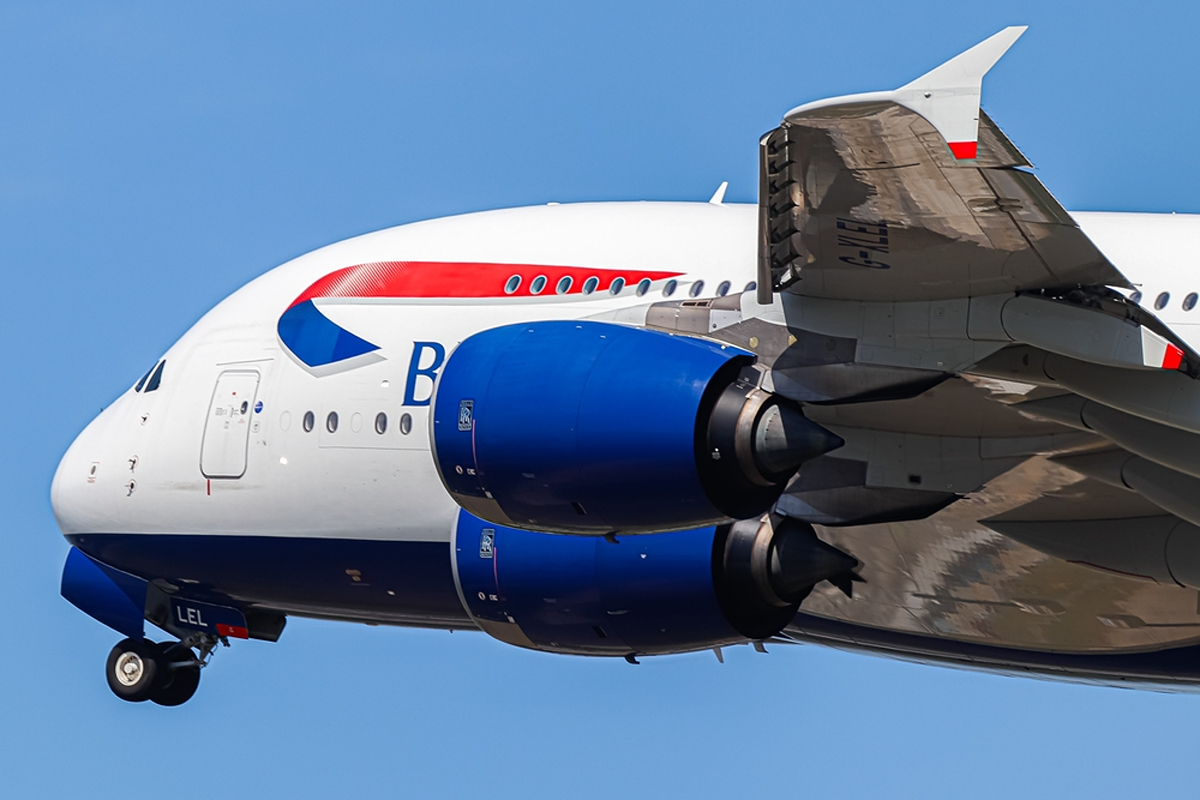
Post-war Whittle
After the war, Whittle’s contributions were finally recognized at the highest levels. He was knighted in 1948 and continued to work in aviation and education. Despite personal and professional struggles, his legacy remained intact as the world increasingly relied on jet technology.
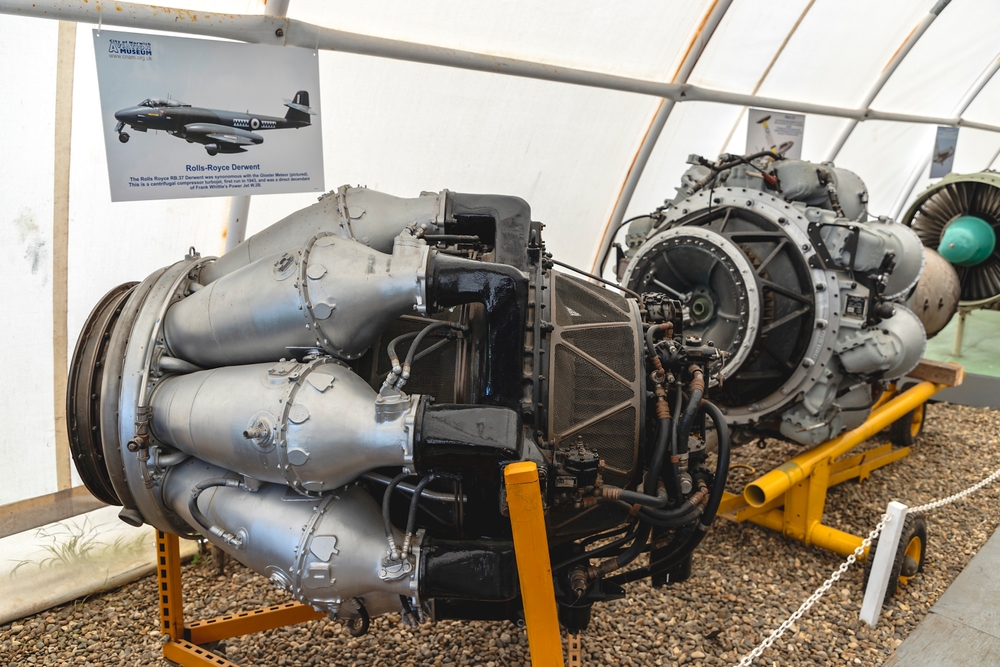
Conclusion
Sir Frank Whittle’s relentless pursuit of innovation, despite resistance and limited support, changed the course of aviation history. His invention of the jet engine shrank the world, ushered in the jet age, and left an indelible mark on science and engineering. A true pioneer, Whittle’s story is one of perseverance, vision, and revolutionary impact.
